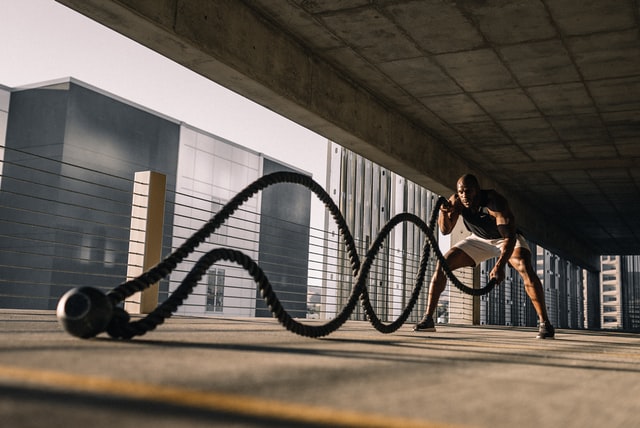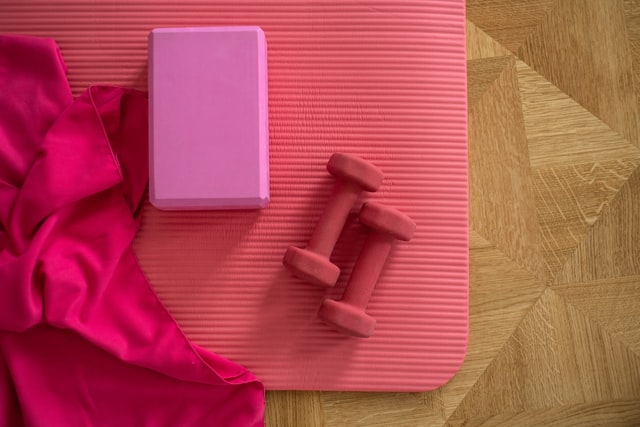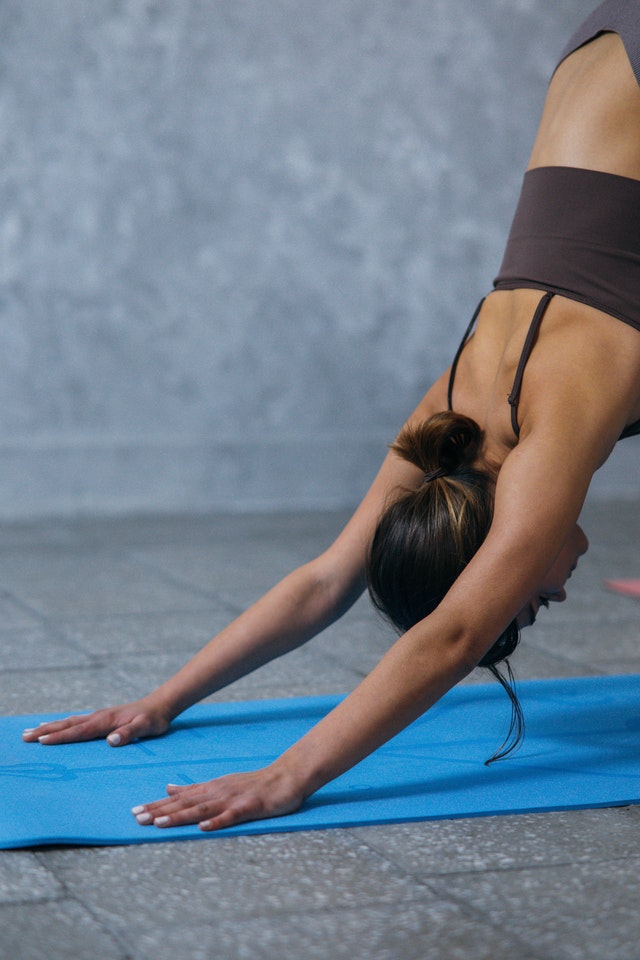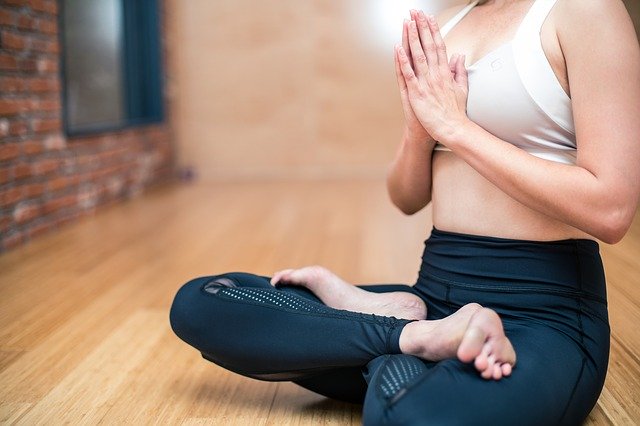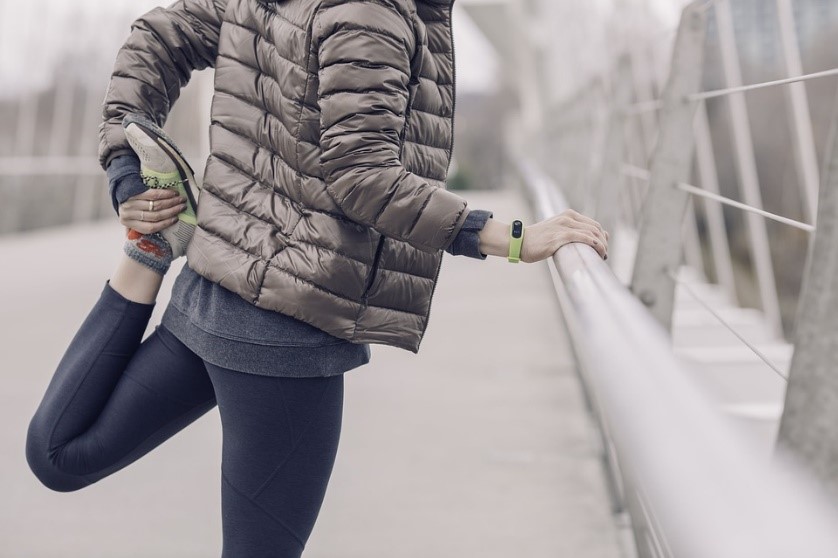For workout enthusiasts, a certain routine can make or break your motivation. This isn’t anything to fault yourself for, as humans naturally like to have a bit of structure and consistency. Despite this, keeping a rigid routine within your workout can make it feel more like a chore than an uplifting activity. Falling into the same handful of exercises also isn’t the best physically, especially if you aren’t seeing the results you’d like, or you’ve developed overuse injuries. Going forward, here are a few reasons why you should add a bit of spice to your workouts to get the best results.
Prevent strain
If you’re hitting one area consistently throughout the week without any rest, you could be putting extra stress on your body and could possibly do harm in the future. By only focusing on one area or one group of muscles and working them as hard as you can, you put yourself at risk of suffering an overuse injury. Switching up workouts to include several different points on your body can give one area rest while challenging another. As a side note, remember to stretch and relax before and after your workout!
Support your mind
Not only does switching up your workout routine benefit you physically, but it also helps you mentally and emotionally. One of the worst things you can do with your workout is making it into a chore. Once you do that, you open up the door for all motivation and love for exercise to slowly chip away as well. If you just jump on the treadmill for an hour every day, you’re going to start dreading it after a while. A good workout is supposed to have a healthy relationship with time, you shouldn’t feel like you’re working out for far longer than you actually are.
That potential loss of motivation can lead you to not want to push harder in your workouts to gain progress or can keep you from wanting to be in the gym at all. By switching up your workout, you keep things fresh and exciting.
Additionally, workouts help support positive mental health and can reduce depression. Keeping it the same won’t challenge your mind as much as trying new things will.
How to switch up your routine
There are several ways to switch up your routine to keep things fresh. A go-to option for many is to get a gym buddy. Either meeting someone in the gym or asking a friend to come lift with you, having a friend to exercise with will give you an added layer of motivation and can even hold you to a higher sense of accountability if you miss out on a day. Another tip to keep things fresh is to consider an entirely new gym. Most gyms have the same general types of amenities but one gym may have a completely different set of machines than the next. It doesn’t hurt to shop around.
As you see, it can be easy for your workout routine to fall into the chore mindset, but this doesn’t always have to be the case! Switch things up and keep them exciting!
Dr. Barbara Edwards, a Princeton MD is the Academic Director for the Ambulatory Residency Program at Penn Medicine Princeton Health, providing quality care to uninsured and under-insured New Jersey residents in Mercer and Middlesex counties.


